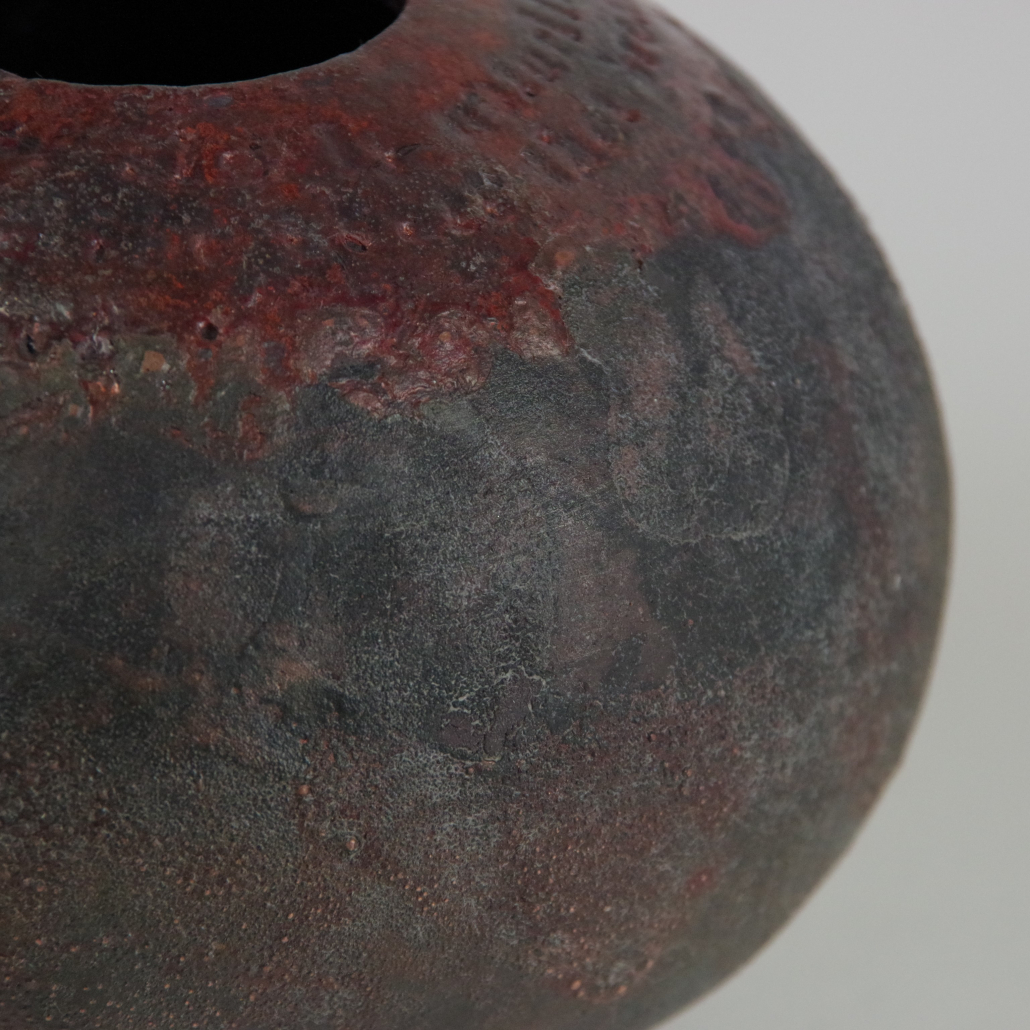
We are very excited to be finalyl able to make our big announcement!
Over the last few months, we have been working on a new collection of ceramics, which we are calling ‘seatree elemental’. This collection takes a brand new direction, whilst still retaining a lot of what we love about our work.
‘Seatree elemental’ refers to a range of ceramics using rough clays and alternative firing techniques, such as pit firing or raku firing. All pieces are hand built and unique, each one is different and one-of-a-kind.
Although they utilise original poetry – just like other seatree work – you may have to work harder to read it, as we are sometimes happy to let the words be absorbed into the piece itself, as if they form part of the fabric. In this way we try to allow the different firing methods to shape the words too.
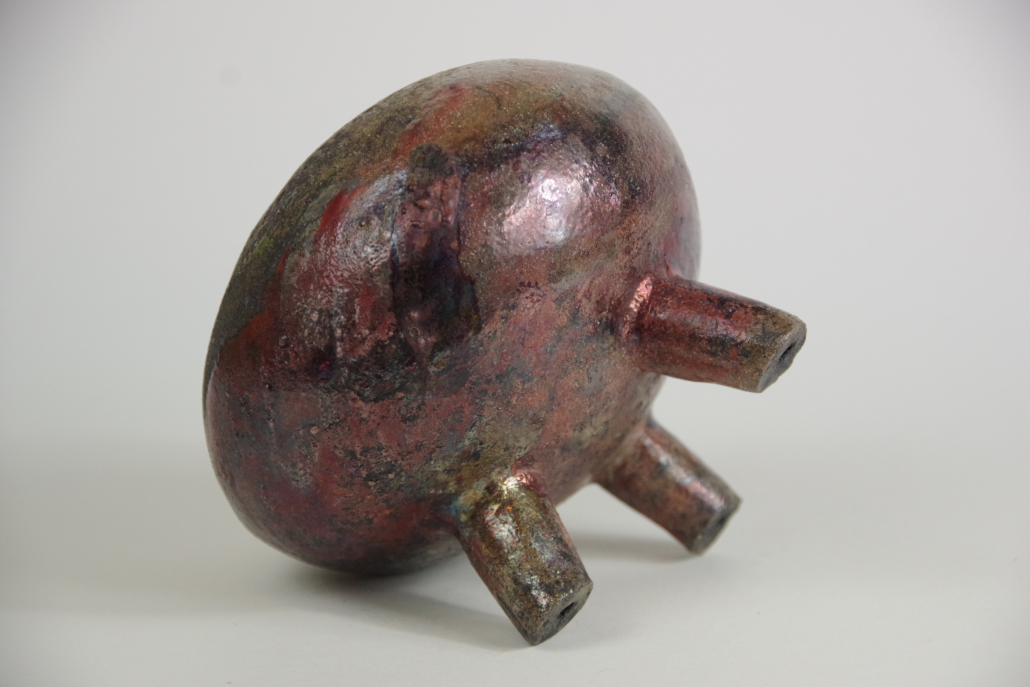
Why are we doing this?
Well, it was necessary for our work to grow, to experiment and find new expression. Chris in particular loves the new rough clay, as it offers many redeeming features in its plasticity and drying qualities. He is also loving the alternative firings, and how the organic shapes of the new work are transformed by the elemental nature of fire and heat, as if emerging from the very place they (and we) are planted.
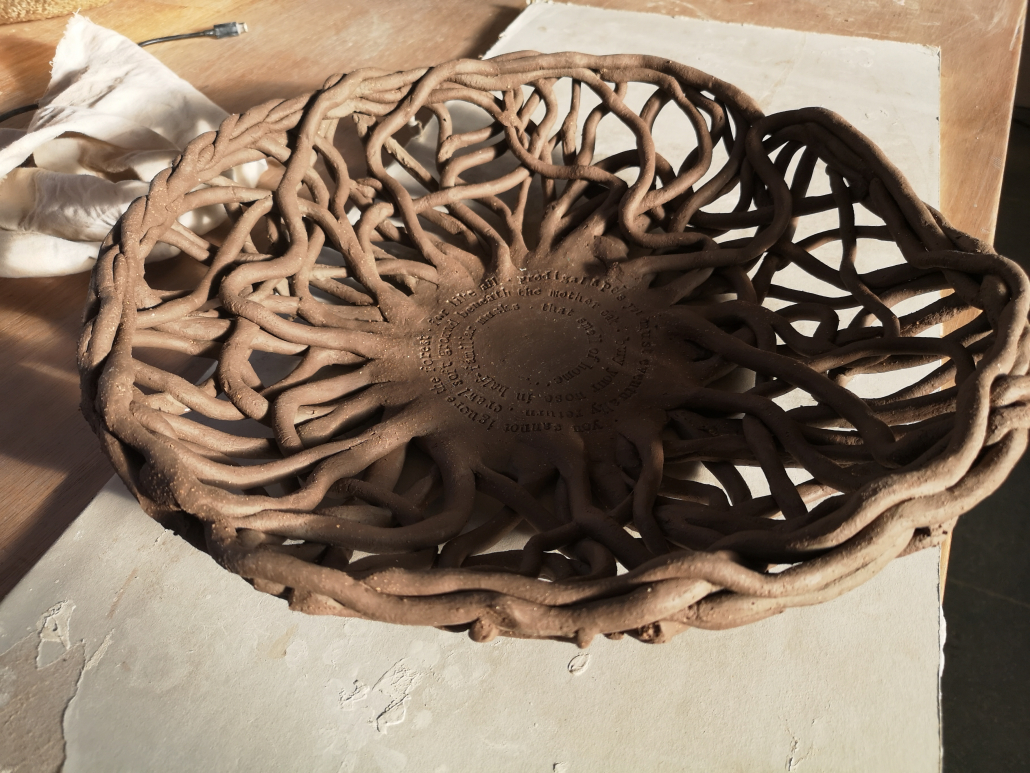
Much of this process is rather hit-and-miss, with as many failures as successes. Partly this is because of our learning curve (which shows no sign of levelling off!) but also the very nature of firing large pieces like this one is challenging!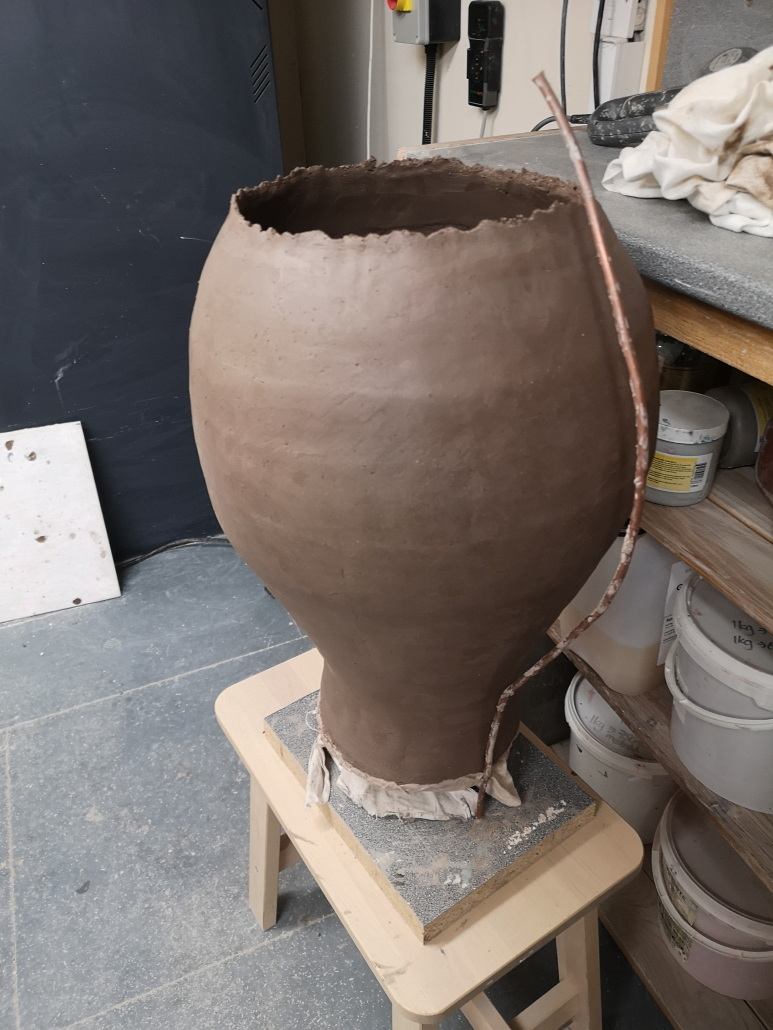
The poems chosen for seatree elemental are often more challenging in nature, as this work has emerged as a way for us to explore our relationship to all that is broken and all that is beautiful in this world shadowed by climate injustice. Just like our other work, you will see a colour spectrum inspired by the wild western fringe of Scotland.
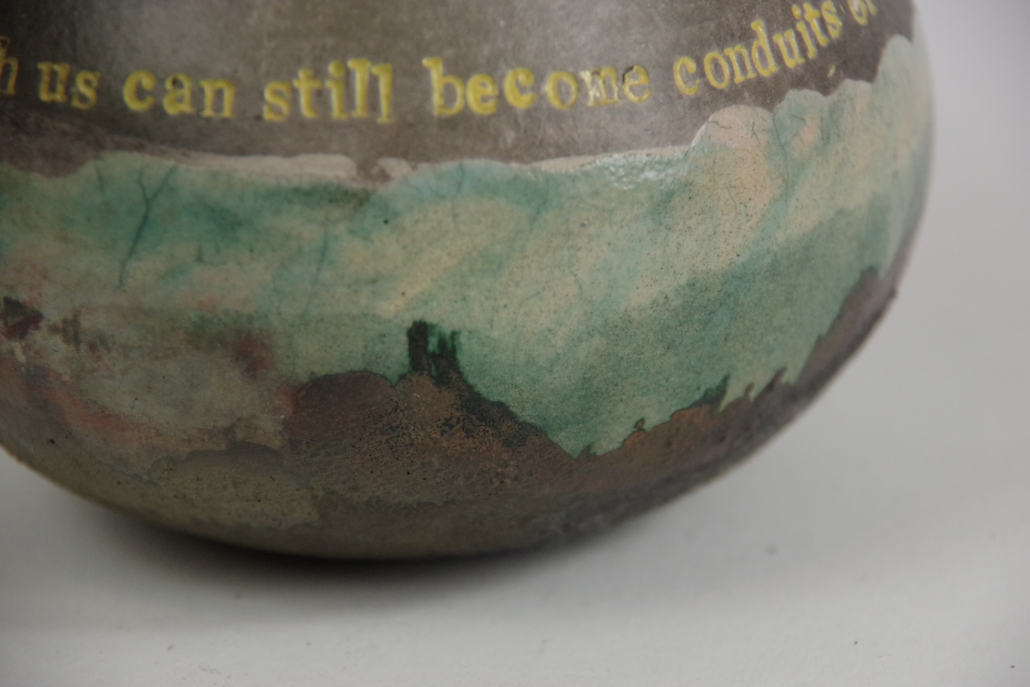
A lot of these pieces use a firing process known as raku (which our Japan-based friend tells us means ‘easy’ in Japanese – something we feel might be intended as irony!) Raku is a process by which a pot is heated quickly to around 1000 degrees using a gas burner, then it is placed in a reduction bin (a sealed metal bin containing combustable material.) By controlling the amount of oxygen reaching the glazes, the potter can produce a range of different colours (although much of this is also down to chance for relative beginners such as ourselves.)
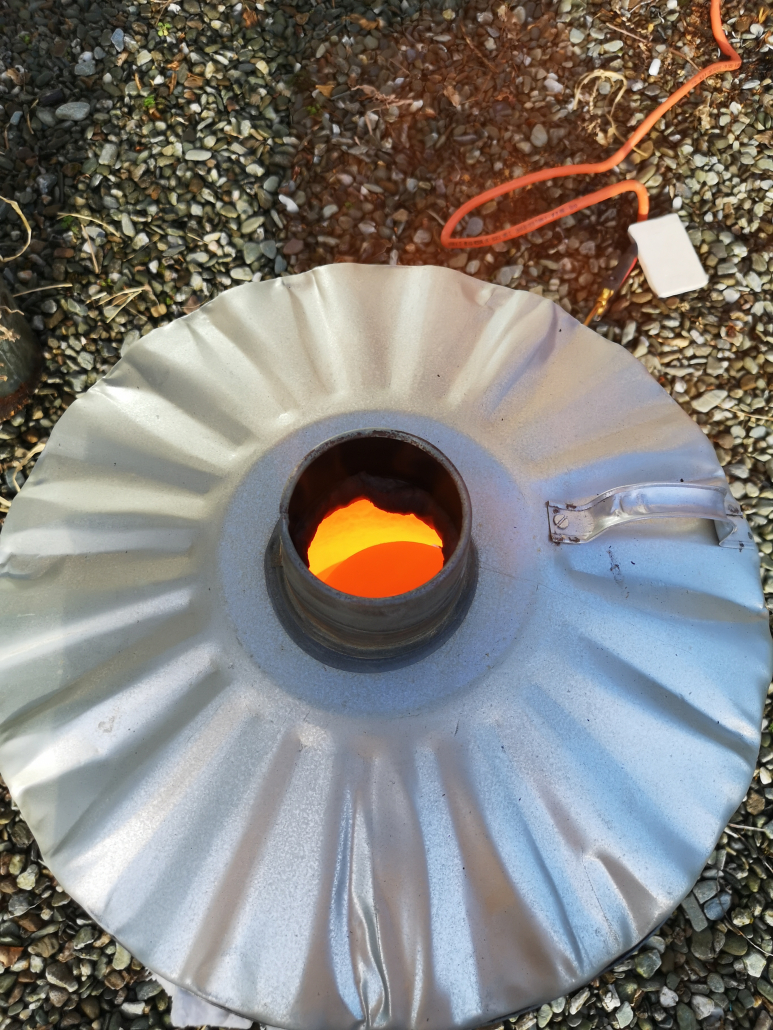
We mentioned earlier that this work is in part a response to climate change and mass extinction, and we hope to pull together an exhibition of our work in the future, but for now, we have uploaded a small selection of our work in to our shop, which you can see here.
Here are a few more images of recent seatree elemental work. Most are not in our shop, but if you see something you like, feel free to drop us a line…
(You can click to enlarge.)

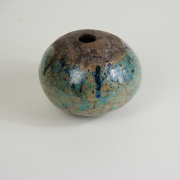
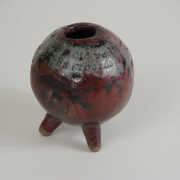
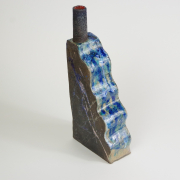
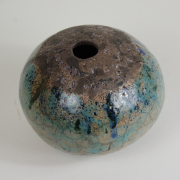
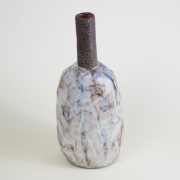
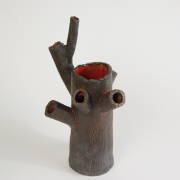
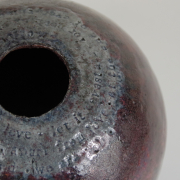
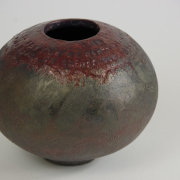
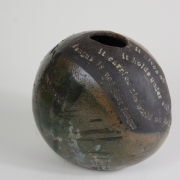
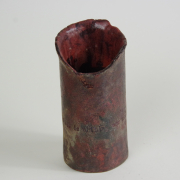
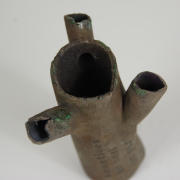
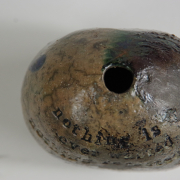
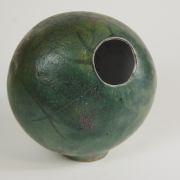
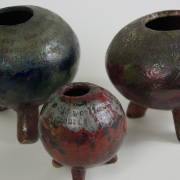
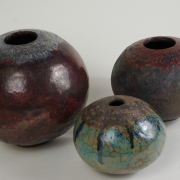
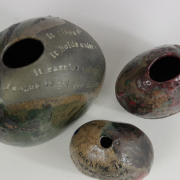
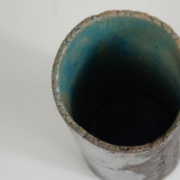
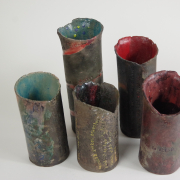
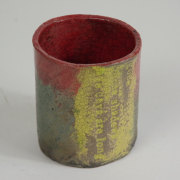
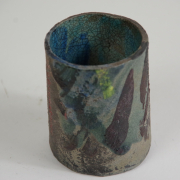
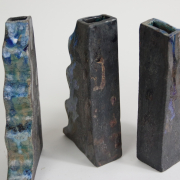
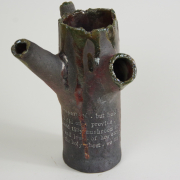
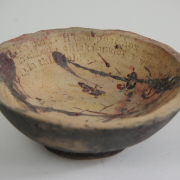

Leave a Reply
Want to join the discussion?Feel free to contribute!